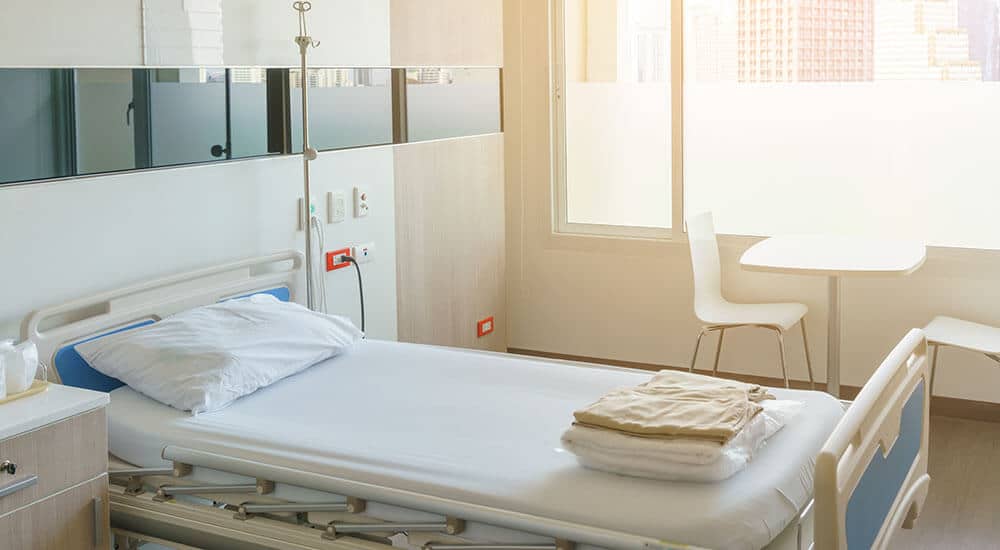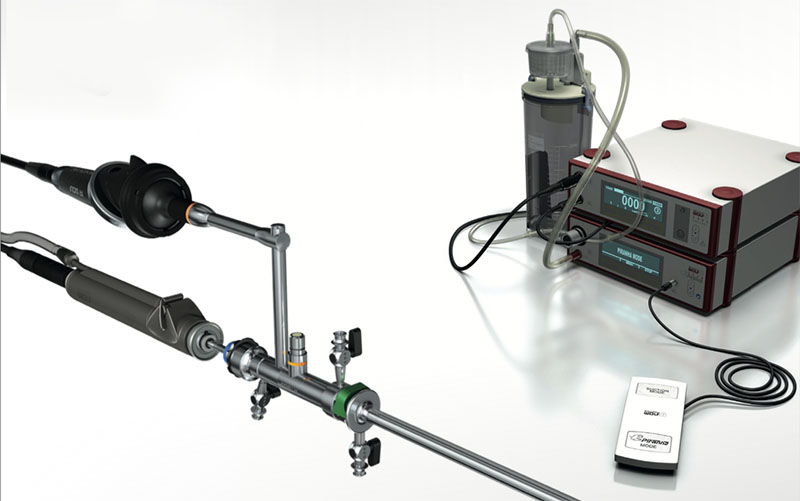Introduction:
Hospital beds are designed for patients who require medical care and treatment in healthcare facilities such as hospitals, clinics, and nursing homes. These hospital beds provide patients and healthcare professionals comfort, safety, and functionality. Hospital beds come in various types, each offering specific features to cater to different patient needs. Hospital bed name can be also as medical bed, clinic bed, homw care bed and more. This guide will explore the common types of hospital beds and their functionalities.
4 Types of Hospital Beds
1. Standard Hospital Beds: Standard hospital beds are the most common type in healthcare settings. They are adjustable in height, allowing healthcare providers to raise or lower the bed to a suitable level for patient care. These beds typically have side rails that can be raised or lowered to prevent falls and support patients when they are sitting or changing positions. Standard hospital beds are equipped with manual or electric controls for adjusting the height and positioning of the bed.
2. Electric Hospital Beds: Electric hospital beds are similar to standard beds but offer additional electric controls for adjusting the bed’s height, headrest, and footrest. Electric hospital beds are convenient for patients who need to change positions frequently or require assistance getting in and out of bed. Electric hospital beds often come with a remote control that allows patients to adjust their bed settings, promoting independence and comfort.
3. Low Hospital Beds: Low hospital beds, also known as floor-level or fall prevention beds, are designed to minimize the risk of patient falls. These beds are set at a lower height than standard beds, reducing the impact and severity of potential falls. Low hospital beds benefit patients with mobility issues or at a high risk of falling. They often feature built-in safety mechanisms, such as floor sensors and alarms, to alert healthcare providers when a patient attempts to leave the bed.
4. Bariatric Hospital Beds: Bariatric hospital beds are heavy-duty beds designed to accommodate patients who weigh more than the standard weight capacity of regular hospital beds. These beds provide a broader and sturdier frame to support larger patients comfortably. Bariatric beds have reinforced motors and mechanisms to handle the increased weight capacity, ensuring patient safety and stability.
5. ICU Beds: Intensive Care Unit (ICU) beds are specialized hospital beds used in critical care settings. These beds have advanced features to monitor and support critically ill patients. ICU beds often include built-in electronic monitoring systems, integrated ventilator attachments, adjustable patient positioning, and easy medical equipment and devices access. They are designed to provide maximum patient comfort while allowing healthcare professionals to deliver complex medical interventions.
6. Pediatric Hospital Beds: Pediatric hospital beds are designed for infants and children. These beds come in various sizes and configurations to accommodate the unique needs of pediatric patients. They often feature colorful designs and child-friendly elements to create a comforting environment for young patients. Pediatric beds may include safety features such as bed enclosures or crib-like railings to prevent accidental falls.
7. Specialty Beds: Besides the standard types of hospital beds mentioned above, various specialty beds are available to cater to specific medical conditions. Some examples include air-fluidized beds for patients with severe pressure ulcers, birthing beds for labor and delivery, and orthopedic beds for musculoskeletal injuries. Specialty beds are designed to provide targeted care and support for patients with specialized needs.
Conclusion: Hospital beds are crucial in patient care, providing comfort, safety, and functionality in healthcare settings. By understanding the different types of hospital beds available, healthcare professionals can select the most appropriate ones for each patient’s unique requirements.



